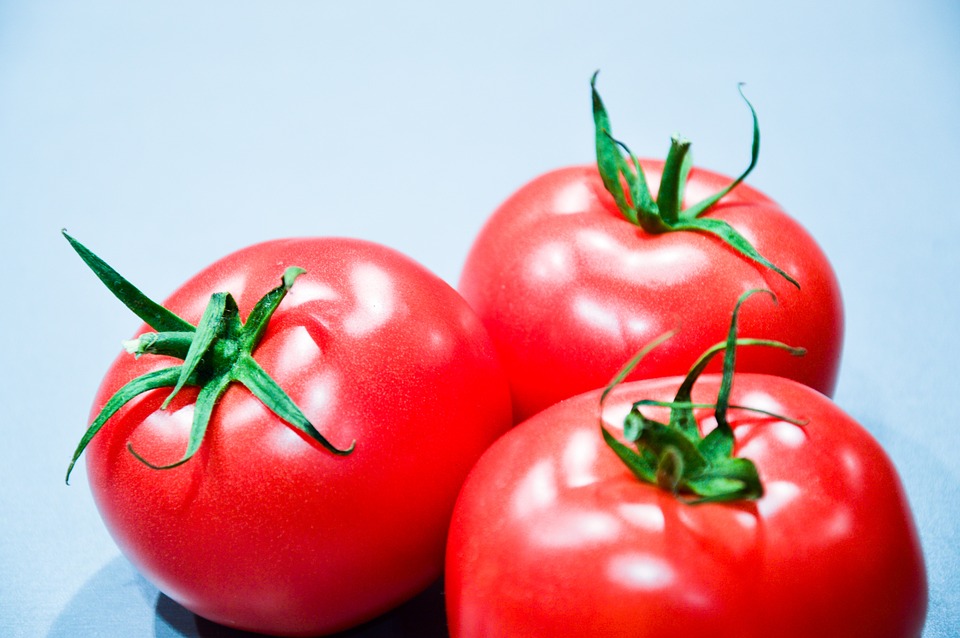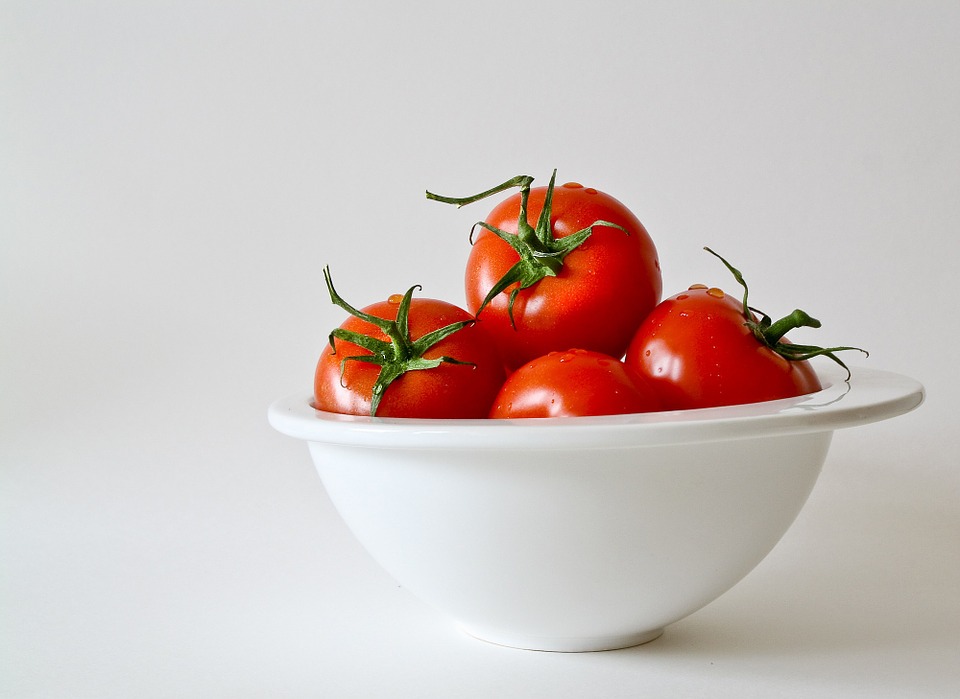This comprehensive guide explores the often-misunderstood relationship between tomatoes and cats, delving into the complexities of tomato composition, the potential risks associated with consumption, and offering practical advice for safeguarding your feline friend's health.
Part 1: Unveiling the Enigma of Tomatoes

1.1. A Culinary Staple: The Tomato's Rise to Fame
From humble beginnings in the Andes Mountains, the tomato has taken the world by storm, becoming a culinary staple in countless cuisines. Its versatility shines through in salads, sauces, soups, and countless other dishes, adding a burst of flavour and vibrancy.
1.2. The Botany of the Tomato: Beyond the Fruit
The tomato, scientifically known as Solanum lycopersicum, is a member of the nightshade family (Solanaceae). This family encompasses a diverse range of plants, some of which are renowned for their culinary uses while others are known for their medicinal or toxic properties.
1.3. The Nutritional Powerhouse: Benefits for Humans
Tomatoes are an excellent source of vitamins, minerals, and antioxidants, offering a multitude of health benefits for humans. Notably, they are rich in vitamin C, potassium, and lycopene, a potent antioxidant linked to reduced risk of certain cancers and heart disease.
Part 2: Exploring the Toxic Compound: Tomatine

2.1. A Natural Defence Mechanism: Tomatine's Role in the Plant
Tomatine is a glycoalkaloid, a naturally occurring compound found in all parts of the tomato plant, including the leaves, stems, and unripe fruits. It acts as a natural pesticide, protecting the plant from pests and diseases by deterring herbivores and inhibiting fungal growth.
2.2. Toxicity Varies: Concentration and Form Matter
The concentration of tomatine varies depending on the part of the plant, the ripeness of the fruit, and the growing conditions. Unripe tomatoes generally have higher levels of tomatine compared to ripe ones.
2.3. The Delicate Balance: Tomatine's Impact on Humans
Tomatine is generally considered safe for humans in small amounts found in ripe tomatoes. However, consuming large quantities of unripe tomatoes or other parts of the plant can lead to gastrointestinal upset, vomiting, and diarrhoea.
Part 3: The Danger Zone: Why Tomatoes are Harmful to Cats
3.1. Cats Lack the Necessary Enzyme: Susceptibility to Tomatine
Unlike humans, cats lack the enzyme required to break down tomatine effectively. As a result, they are more susceptible to its toxic effects. Even small amounts of tomatine can cause significant health problems in cats.
3.2. A Spectrum of Symptoms: From Mild to Severe
The severity of tomatine poisoning in cats depends on the amount ingested, the ripeness of the tomato, and the cat's individual health. Symptoms can range from mild gastrointestinal distress to more severe neurological and cardiovascular complications.
3.3. A Guide to Recognizing the Warning Signs
Common symptoms of tomatine poisoning in cats include:
- Vomiting
- Diarrhoea
- Abdominal pain
- Lethargy
- Weakness
- Loss of appetite
- Tremors
- Seizures
- Increased heart rate
- Difficulty breathing
Part 4: The Risky Reality of Tomato Consumption for Cats
4.1. Ripe vs. Unripe: A Matter of Degree
While all parts of the tomato plant contain tomatine, ripe tomatoes typically have lower concentrations than unripe ones. However, it's essential to understand that even ripe tomatoes can pose a risk to cats, and the safest course of action is to avoid them entirely.
4.2. Unripe Tomatoes: A Greater Threat
Unripe tomatoes are particularly dangerous for cats due to their significantly higher tomatine content. The green colour of unripe tomatoes serves as a visual reminder of their increased toxicity.
4.3. The Silent Danger: Tomato Leaves and Stems
Tomato leaves and stems contain the highest concentration of tomatine and are highly toxic to cats. They should never be ingested under any circumstances.
Part 5: Prevention is Key: Protecting Your Cat from Tomatoes
5.1. The Importance of Safe Storage: Keeping Tomatoes Out of Reach
Store tomatoes out of reach of your cat, both ripe and unripe. Ensure that any discarded tomato remnants are disposed of properly, preventing accidental ingestion.
5.2. A Cat-Friendly Garden: Choosing Non-Toxic Plants
If you have a garden, select cat-friendly plants that are non-toxic. Avoid planting tomatoes and other nightshade plants, such as potatoes and peppers.
5.3. Barriers and Supervision: Creating a Safe Environment
Consider using physical barriers, such as fences or netting, to deter your cat from accessing your garden. When tomatoes are present, supervise your cat closely to prevent accidental ingestion.
Part 6: The Role of Your Veterinarian: Seeking Professional Guidance
6.1. Immediate Action: Contacting Your Vet
If you suspect your cat has ingested a tomato, contact your veterinarian immediately. They can assess the situation, provide tailored advice, and recommend the necessary steps to ensure your cat's safety.
6.2. The Importance of Accurate Information: Providing Details
When contacting your veterinarian, provide as much information as possible, including:
- The type of tomato (ripe or unripe)
- The estimated amount ingested
- The time of ingestion
- Any observed symptoms
6.3. The Path to Recovery: Following Veterinary Instructions
Follow your veterinarian's instructions carefully, which may involve inducing vomiting, administering activated charcoal, or providing supportive care.
Part 7: Safe Alternatives for Your Feline Friend: Satisfying Their Dietary Needs
7.1. Cat-Friendly Treats: Delicious and Healthy Options
Instead of offering tomatoes, consider providing your cat with safe and delicious treats specifically designed for their nutritional needs. Popular options include:
- Catnip: A popular and safe treat that provides a pleasurable sensory experience.
- Commercial cat treats: Choose treats specifically formulated for cats, ensuring they are free of harmful ingredients.
- Cooked chicken or fish: Provide small portions of cooked chicken or fish as occasional treats, avoiding bones.
- Freshly prepared cat food: Consult your veterinarian for recipes and guidelines for preparing healthy and balanced homemade meals for your cat.
7.2. A Balanced Diet: Ensuring Optimal Health
A balanced and nutritious diet is crucial for your cat's overall well-being. Consult your veterinarian to determine the optimal food plan for your feline companion, taking into account their age, breed, activity level, and any health conditions.
Part 8: Addressing Common Concerns: FAQs
8.1. Can cats eat tomato sauce?
Tomato sauce typically contains cooked tomatoes, which may have lower levels of tomatine. However, it's still not recommended to feed tomato sauce to cats. Other ingredients in sauce, such as garlic and onion, are also toxic to cats.
8.2. Is it safe to feed my cat tomato leaves?
Tomato leaves contain the highest concentration of tomatine and are highly toxic to cats. They should never be consumed.
8.3. What should I do if my cat eats a tomato?
If you suspect your cat has ingested a tomato, contact your veterinarian immediately. They can assess the situation and provide guidance on the necessary steps.
8.4. Are all tomatoes equally toxic to cats?
Unripe tomatoes are more toxic than ripe tomatoes due to their higher tomatine content. However, it's best to avoid feeding your cat any tomatoes altogether.
8.5. Can cats have tomato juice?
Tomato juice is not safe for cats due to its high tomatine content. It's important to avoid giving your cat any form of tomato products.
8.6. Can I give my cat cooked tomatoes?
While cooked tomatoes may have a lower concentration of tomatine, it's still not recommended to feed them to cats. There are safer and more suitable treats available for your feline companion.
8.7. My cat seems to be fine after eating a tomato. Should I still be concerned?
Even if your cat appears to be fine after eating a tomato, it's important to contact your veterinarian. Tomatine poisoning can sometimes have delayed effects, and early intervention can improve your cat's chances of recovery.
Everyone is watching
-

Are Cat Ribs Flexible? Understanding Their Anatomy
CATS & KITTENSThis article delves into the fascinating world of feline anatomy, exploring the flexibility of cat ribs and ho...
-

Can Cats Eat Bananas? (Everything You Need to Know)
CATS & KITTENSThis article dives into the intriguing question of whether cats can safely enjoy the sweet, yellow fruit, bana...
-

Cat Lifespan: How Long Do Cats Live?
CATS & KITTENSThis comprehensive guide explores the factors influencing the lifespan of our feline companions, providing ins...
-

Can Cats Get COVID-19? What You Need to Know
CATS & KITTENSThis article will delve into the fascinating world of feline COVID-19 susceptibility. We'll explore whether ca...
-

Can Cats Eat Eggs? A Complete Guide to Egg Safety for Your Feline Friend
CATS & KITTENSWhen it comes to treating our furry companions, we all want to ensure we're doing what's best for them. Eggs...
